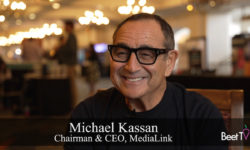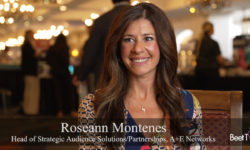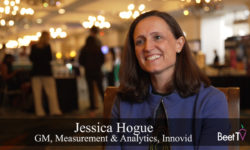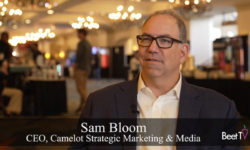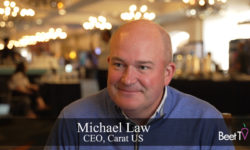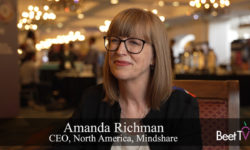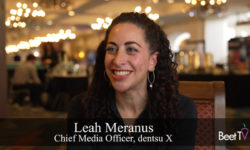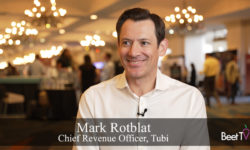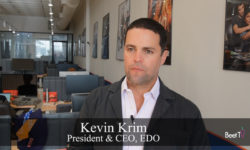ORLANDO – Marketers worldwide are confronting economic uncertainties with high inflation, rising interest rates, war in Eastern Europe and ongoing Covid lockdowns in China. Amid these travails, it’s important they take steps to support their brands to reap greater rewards during a recovery.
“Every lesson we’ve ever learned through recessions and downturns and whatever, is that this is not the time … to cut your media budgets,” Bob Liodice, president and chief executive of the Association of National Advertisers, said in this interview at the ANA Masters of Marketing conference. “Those companies which have strong brands outperform those that do not, and so, the emphasis needs to be on continued brand building.”
Spending on brand awareness campaigns doesn’t necessarily have to crowd out performance marketing – there’s room for both, he said.
“We think it’s the right combination for moving forward without cutting total budgets,” Liodice said. “That’s a hard thing to do because there’s always going to be those economic pressures…but if they have the patience, they have the tolerance and they have the strong brands, they’ll survive in the long term.”
Retail Media Growth
The ANA’s conference included discussions about the growing area of retail media, or online stores that are selling ad space to help brands reach consumers at different stages of the purchase funnel, including the point of purchase.
“Retail media networks have been exploding. It’s going to be a $50 billion dollar category next year,” Liodice said. “And when you think about what has taken place in marketing and media is the level of connectivity that’s taken place and essentially the elimination of boundaries.”
Digging into Programmatic Transparency
The ANA is working with dozens of marketers on a study to help determine where their media dollars go in the open programmatic marketplace, and identify the major inefficiencies. Between marketers and media outlets, there are middlemen that each grab a commission for their services. Those can include agencies, demand-side platforms (DSPs), sell-side platforms (SSPs), ad exchanges and data providers.
The ANA’s study will build on the groundbreaking work by the Incorporated Society of British Advertisers (ISBA) to better understand the programmatic supply chain. It found that advertisers may spend $1 for a media placement, but the publisher may only receive a fraction of that.
“There have been enough instances which suggest that programmatic media, particularly the transparency of it, is suboptimal with respect to where marketers are spending their money,” Liodice said. “We have over 30 marketers that will be participating, providing real data and the opportunity to kind of get a real peek under the covers so that we can essentially talk about what is happening and what should be happening in order to improve the productivity of those investments.”
You’re watching “Assessing TV Performance in a Changed Landscape,” a Beet.TV Leadership Series produced at the 2022 ANA Masters of Marketing, presented by EDO. For more videos from this series, please visit this page.






